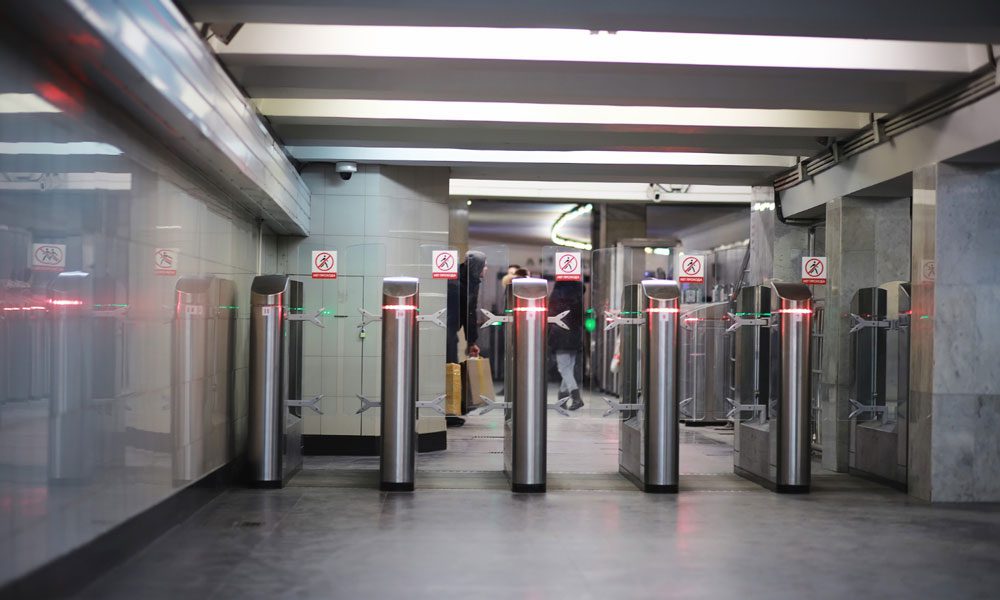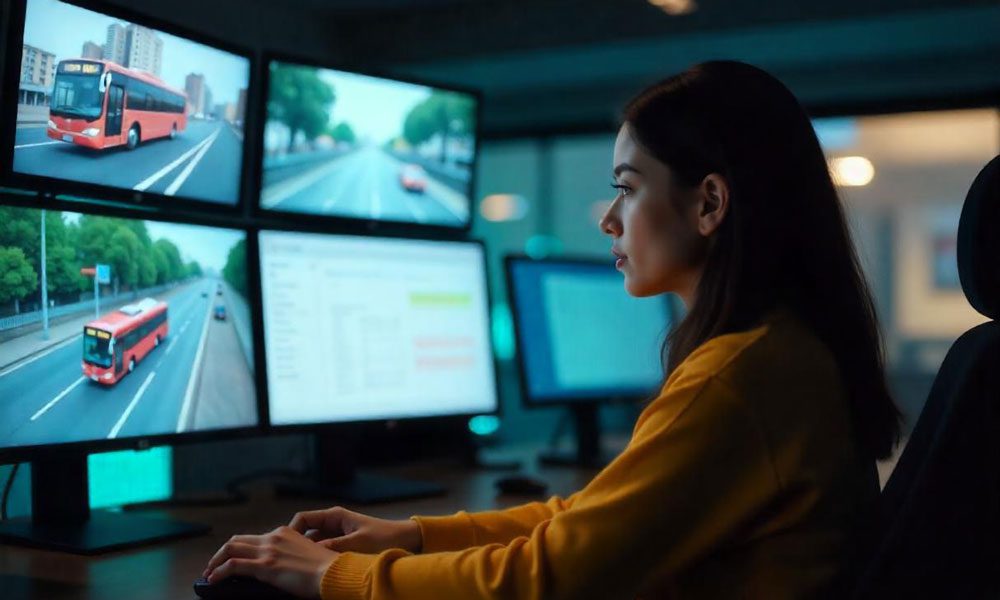How to Protect Video Evidence in the New Age of Data Security
Public transit systems are no longer just about buses, trains, and ferries. In today’s digital age, they’re complex networks powered by technology. From advanced ticketing systems and infotainment displays to video surveillance and access control tools, public transit agencies collect a vast amount of data on their riders to enhance safety, efficiency and service. While transit vehicles are equipped with numerous technologies, ensuring data security for on-board systems like monitoring and access control is more critical than ever.
With this constant movement of information comes a critical responsibility: safeguarding passenger data. In this modern era, data security is no longer a luxury—it’s an absolute necessity.
Video evidence plays a crucial role in ensuring passenger safety and security, offering complete situational awareness inside and around the bus with internal and external camera systems. This type of evidence captures key insights into incidents and potential threats, allowing authorities to act promptly and anticipate issues by identifying regular hotspots and capturing trends. It supports longer-term planning to enhance safety across the board. Additionally, some evidence comes from systems like Automated Bus Lane Enforcement (ABLE) solutions, which capture data about other vehicles or people on the road, not just those on board. In the vision of future Smart Cities, transit systems will also collect data on illegal maneuvers and other safety concerns, highlighting the critical role of data security.
Maintaining the integrity of this video evidence requires robust data security measures to prevent tampering, theft, unauthorized access, or loss. Protecting video evidence isn’t just about data security – it’s also about preserving the trust of riders and the motoring public in the reliability and accountability of the transit system.
The Evolving Threat Landscape: Why Public Transit Needs to Up Its Security Game

Gone are the days when security concerns in public transit were limited to physical threats. Today, the landscape is far more complex. Public transit systems now collect vast amounts of data, from video surveillance footage and passenger fares to location tracking and access control information. The Internet of Things (IoT) has made systems more efficient, but it has also introduced new challenges.
If compromised, this data could have serious consequences for passengers and personnel. Hackers could exploit vulnerabilities to steal identities, commit financial fraud, or even target individuals for physical harm. The digital threat landscape is constantly evolving. Hackers are becoming increasingly sophisticated, employing advanced techniques like ransomware attacks and social engineering to gain access to sensitive information. For instance, in 2021, a ransomware attack on a large US transportation agency crippled its ticketing system and exposed the personal data of thousands of passengers.
Public transit agencies, with their growing reliance on digital systems, are becoming prime targets.
Safeguarding Video Evidence: What You Need to Know and Do
Video evidence is essential for public transit safety, offering insights into incidents both onboard and around the vehicle, and supporting investigations and proactive safety measures. To protect this crucial data, agencies must ensure robust data security practices. Here are some key considerations:
- Compliance: Ensure your data security practices align with relevant data privacy regulations to avoid hefty fines. For instance, Uber faced a €2.9 million fine in the EU for failing to transfer drivers’ data in accordance with compliant standards, underscoring the critical importance of implementing required safeguards to prevent data breaches and reputational damage.
- Encryption: Implement strong encryption for data storage and transmission to protect sensitive information.
- Multi-Factor Authentication (MFA): Implement MFA for an extra layer of security beyond usernames and passwords.
- Regular Updates: Keep software and hardware updated to patch vulnerabilities and protect against threats.
- Cloud Security: Choose a cloud provider with a solid security track record and regular audits.
- Geo-Redundancy: Utilize geo-redundant storage to ensure data availability and durability across multiple geographic locations, enhancing disaster recovery capabilities.
- Chain of Custody: Maintain a clear chain of custody for video evidence to ensure its integrity and admissibility in investigations and legal proceedings.
- Evidence Management Policies: Develop and enforce comprehensive evidence management policies to standardize the handling, storage, and access of video data, ensuring consistency and security.
Safeguarding data—especially video evidence—is no easy feat. But what if there was a reliable, cloud-based solution that offers all these protections at levels not achievable by most transit agencies on their own and more?
Why You Should Consider Cloud-Based Evidence Management

Cloud technology refers to storing and accessing data and applications over the internet instead of on local servers. A cloud-based evidence management system leverages this technology to manage video evidence securely and efficiently. By storing data in the cloud, agencies can benefit from enhanced security measures, automatic compliance with standards like CJIS and SOC2, and regular updates that ensure the latest protections are always in place.
This approach also provides geo-redundancy, meaning your data is securely backed up in multiple locations, and offers authorized users the flexibility to access evidence from anywhere, at any time. This not only simplifies data management but also enhances reliability, reduces costs, and improves the overall efficiency of evidence handling.
Why Safe Fleet Nexus Video Management is the Best Option for Public Transit Evidence
Safe Fleet Nexus Video Management offers a robust and scalable solution tailored to the unique needs of transit agencies. Built with security, efficiency, and reliability at its core, Nexus empowers agencies to protect their video evidence and streamline their operations. Here’s how:
- Unparalleled Security: Powered by Microsoft Azure Government, Nexus provides state-of-the-art security measures trusted by organizations like the FBI for criminal justice information. With SOC 2 Type 2 and ISO 20771 certifications, Nexus ensures that your video evidence is secure, compliant, and auditable.
- Automatic Video Uploads: Say goodbye to manual processes. Nexus enables automatic video uploads via Wi-fi or cellular networks, ensuring evidence is quickly and securely transferred without compromising operational efficiency.
- System Health Checks: Gain confidence in your system’s reliability with real-time health monitoring. Ensure cameras and recording systems are functioning as expected, so evidence is always available when needed.
- Scalable Storage Solutions: Nexus offers flexible storage options that grow with your agency’s needs. Whether you’re scaling up for peak seasons or optimizing for cost-effectiveness, Nexus provides the adaptability required to meet changing demands.
- Remote Accessibility: Authorized personnel can access video evidence from anywhere, facilitating faster incident response and improved collaboration between teams.
- Reduced IT Burden: By leveraging cloud-based infrastructure, Nexus reduces the strain on your IT team, freeing up resources for other critical tasks while ensuring your system remains updated and compliant.
- Geo-Redundancy: With data backed up across multiple locations, Nexus enhances disaster recovery capabilities, providing peace of mind that evidence is protected against unforeseen events.
Beyond Security: Operational Benefits of Nexus
Implementing Nexus goes beyond securing video evidence. It offers operational advantages that improve efficiency and reliability:
- Faster Incident Response: Real-time access to video evidence helps agencies address incidents more quickly, improving safety and accountability.
- Simplified Evidence Management: Centralized storage and automated uploads streamline the handling of video data, saving time and resources.
- Lower Costs: Reduce expenses by eliminating the need for expensive local servers and IT maintenance.
- Future-Proofing: Stay ahead of emerging challenges with a solution designed for evolving needs in transit and Smart Cities.
The Road to a Secure Future for Public Transit

Public transit plays a vital role in connecting communities and fostering mobility. With Safe Fleet Nexus Video Management, agencies can ensure the safety and trust of their riders while embracing the efficiencies of modern technology. By integrating Nexus into your operations, you’re not just safeguarding your evidence—you’re future-proofing your transit system for the challenges and opportunities ahead.
Act now and choose Safe Fleet Nexus Video Management to protect your public transit system and enhance operational efficiency. Start right here



































